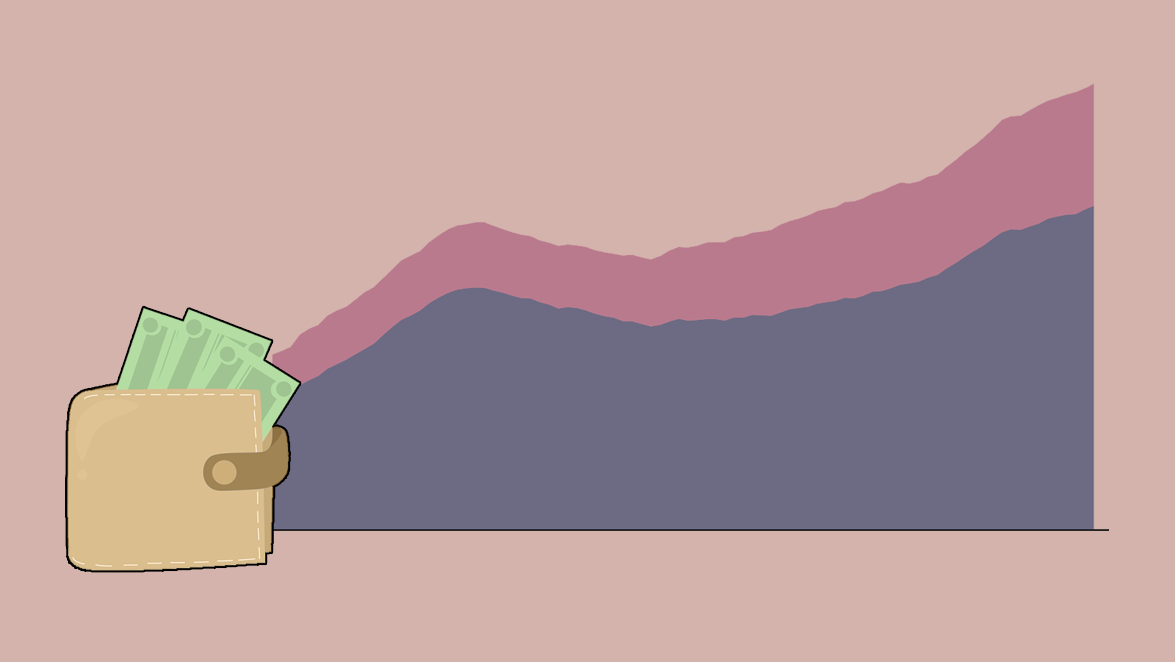US household debt rose by $185 billion in the last three months, data shows

Updated: 3:41 PM PDT Aug 5, 2025
Total household debt in the U.S. increased by $185 billion in the past three months, reaching a total of $18.39 trillion at the end of June, according to the latest data from the Federal Reserve Bank of New York.That’s up 1% from the previous quarter, when total debt stood at $18.19 trillion. Every three months, the Federal Reserve Bank of New York releases reports on household debt and credit, providing a snapshot of trends in borrowing and indebtedness in categories such as mortgages, student loans, credit cards, auto loans, home equity lines of credit, and other types of debts. Housing debt, such as mortgages and home equity loans, rose by $149 billion, a 1.1% rise from April to June. Non-housing debt grew by $45 billion, about 0.9% higher than the first quarter. Non-housing debt includes auto loans, credit cards, student loans and other types of debt. All categories, excluding the category with other types of debt, had balances rise in the second quarter. Mortgage balances grew by $131 billion, credit cards by $27 billion, auto loans by $13 billion and student loans by $7 billion. Americans ages 40-49 continue to carry the highest total debt among all age groups. This quarter, their total rose by $50 billion, bringing it to $4.81 trillion.Individuals ages 18-29 currently owe the least, with total debt at $1.1 trillion.The chart below shows how debt among different age groups has changed from 2003 to 2025.PHNjcmlwdCB0eXBlPSJ0ZXh0L2phdmFzY3JpcHQiPiFmdW5jdGlvbigpeyJ1c2Ugc3RyaWN0Ijt3aW5kb3cuYWRkRXZlbnRMaXN0ZW5lcigibWVzc2FnZSIsKGZ1bmN0aW9uKGUpe2lmKHZvaWQgMCE9PWUuZGF0YVsiZGF0YXdyYXBwZXItaGVpZ2h0Il0pe3ZhciB0PWRvY3VtZW50LnF1ZXJ5U2VsZWN0b3JBbGwoImlmcmFtZSIpO2Zvcih2YXIgYSBpbiBlLmRhdGFbImRhdGF3cmFwcGVyLWhlaWdodCJdKWZvcih2YXIgcj0wO3I8dC5sZW5ndGg7cisrKXtpZih0W3JdLmNvbnRlbnRXaW5kb3c9PT1lLnNvdXJjZSl0W3JdLnN0eWxlLmhlaWdodD1lLmRhdGFbImRhdGF3cmFwcGVyLWhlaWdodCJdW2FdKyJweCJ9fX0pKX0oKTs8L3NjcmlwdD4=
WASHINGTON —
Total household debt in the U.S. increased by $185 billion in the past three months, reaching a total of $18.39 trillion at the end of June, according to the latest data from the Federal Reserve Bank of New York.
That’s up 1% from the previous quarter, when total debt stood at $18.19 trillion.
Every three months, the Federal Reserve Bank of New York releases reports on household debt and credit, providing a snapshot of trends in borrowing and indebtedness in categories such as mortgages, student loans, credit cards, auto loans, home equity lines of credit, and other types of debts.
Housing debt, such as mortgages and home equity loans, rose by $149 billion, a 1.1% rise from April to June.
Non-housing debt grew by $45 billion, about 0.9% higher than the first quarter. Non-housing debt includes auto loans, credit cards, student loans and other types of debt.
All categories, excluding the category with other types of debt, had balances rise in the second quarter.
Mortgage balances grew by $131 billion, credit cards by $27 billion, auto loans by $13 billion and student loans by $7 billion.
Americans ages 40-49 continue to carry the highest total debt among all age groups. This quarter, their total rose by $50 billion, bringing it to $4.81 trillion.
Individuals ages 18-29 currently owe the least, with total debt at $1.1 trillion.
The chart below shows how debt among different age groups has changed from 2003 to 2025.

